EarthBound, released in Japan as Mother 2: Gīgu no Gyakushū,[a][1][2] is a role-playing video game developed by Ape Inc. and HAL Laboratory and published by Nintendo for the Super Nintendo Entertainment System. The second entry in the Mother series, it was first released in Japan in August 1994, and in North America in June 1995. As Ness and his party of Paula, Jeff and Poo, the player travels the world to collect melodies from eight Sanctuaries in order to defeat the universal cosmic destroyer Giygas.
EarthBound had a lengthy development period that spanned five years. Its returning staff from Mother (1989) included writer/director Shigesato Itoi and lead programmer Satoru Iwata, as well as composers Keiichi Suzuki and Hirokazu Tanaka, who incorporated a diverse range of styles into the soundtrack, including salsa, reggae, and dub. Most of the other staff members had not worked on the original Mother, and the game came under repeated threats of cancellation until Iwata joined the team. Originally scheduled for release in January 1993, the game was completed around May 1994.
Themed around an idiosyncratic portrayal of Americana and Western culture, EarthBound subverted popular role-playing game traditions by featuring a modern setting while parodying numerous staples of the genre. Itoi wanted the game to reach non-gamers with its intentionally goofy tone; for example, the player uses items such as the Pencil Eraser to remove pencil statues, experiences in-game hallucinations, and battles piles of vomit, taxi cabs, and walking nooses. For its American release, the game was marketed with a $2 million promotional campaign that sardonically proclaimed “this game stinks”. The game's puns and humor were reworked by localizer Marcus Lindblom. Since the original Mother had not been released outside Japan, Mother 2 was called EarthBound to avoid confusion about what it was a sequel to.
Although it was positively received by Japanese audiences, EarthBound sold poorly in the U.S. Journalists attributed this to a combination of its simple graphics, satirical marketing campaign, and a lack of market interest in the genre. In the ensuing years, a dedicated fan community spawned that advocated for the series' recognition, particularly after Ness appeared as a playable character in the Super Smash Bros. series. By the 2000s, multiple reader polls and critics had named it one of the greatest video games ever made, and it became regarded as a “sacred cow among gaming's cognoscenti”.[3] It was followed by the Japan-only sequel Mother 3 for the Game Boy Advance in 2006. EarthBound was later made available worldwide on the Wii U Virtual Console in 2013, 3DS Virtual Console in 2016, the SNES Classic in 2018, and Nintendo Switch Online in February 2022.
Specification: Mother 2
|
User Reviews
Be the first to review “Mother 2” Cancel reply
- Show all platforms
- 3DO
- Acorn Archimedes
- Acorn Atom
- Acorn Electron
- Action Max
- Amiga
- Amiga CD32
- Amstrad CPC
- Amstrad GX4000
- Android
- APF MP-1000
- Apple II
- Apple Pippin
- Arcade
- Atari 2600
- Atari 5200
- Atari 7800
- Atari 800
- Atari Jaguar
- Atari Jaguar CD
- Atari Lynx
- Atari ST
- Atari XE
- Bally Astrocade
- Bandai TV Jack 5000
- BBC Bridge Companion
- BBC Micro
- Casio Loopy
- Casio PV-1000
- Coleco Telstar Arcade
- Colecovision
- Commodore 128
- Commodore 16
- Commodore 64
- Commodore PET
- Commodore Plus/4
- Commodore VIC-20
- Didj
- Dragon 32/64
- Emerson Arcadia 2001
- Entex Adventure Vision
- Entex Select-a-Game
- Epoch Cassette Vision
- Epoch Super Cassette Vision
- Evercade
- Fairchild Channel F
- Famicom Disk System
- FM Towns Marty
- Fujitsu FM-7
- Gamate
- Game & Watch
- Game Wave
- Game.com
- Gizmondo
- GP32
- Handheld Electronic Games (LCD)
- HyperScan
- Intellivision
- Interton VC 4000
- iOS
- J2ME (Java Platform, Micro Edition)
- Jupiter Ace
- Mac OS
- Magnavox Odyssey 1
- Magnavox Odyssey 2
- Mattel Aquarius
- Mega Duck
- Microsoft Xbox
- Microsoft Xbox 360
- Microsoft Xbox One
- Microsoft Xbox Series X
- Milton Bradley Microvision
- MSX
- N-Gage
- Neo Geo
- Neo Geo CD
- Neo Geo Pocket
- Neo Geo Pocket Color
- Nintendo 3DS
- Nintendo 64
- Nintendo DS
- Nintendo Entertainment System (NES)
- Nintendo Game Boy
- Nintendo Game Boy Advance
- Nintendo Game Boy Color
- Nintendo GameCube
- Nintendo Pokémon Mini
- Nintendo Switch
- Nintendo Switch 2
- Nintendo Virtual Boy
- Nintendo Wii
- Nintendo Wii U
- Nuon
- Oculus Quest
- Oric-1
- Ouya
- Palmtex Super Micro
- PC
- PC-88
- PC-98
- PC-FX
- Philips CD-i
- Philips Tele-Spiel ES-2201
- Pioneer LaserActive
- Playdate
- Playdia
- R-Zone
- RCA Studio II
- SAM Coupé
- Sega 32X
- Sega CD
- Sega Dreamcast
- Sega Game Gear
- Sega Genesis
- Sega Master System
- Sega Mega Drive
- Sega Pico
- Sega Saturn
- SEGA SG-1000
- Sharp X1
- Sharp X68000
- SHG Black Point
- Sinclair QL
- Sinclair ZX Spectrum
- Sinclair ZX81
- Sony Playstation
- Sony Playstation 2
- Sony Playstation 3
- Sony Playstation 4
- Sony Playstation 5
- Sony Playstation Portable
- Sony Playstation Vita
- Stadia
- Tandy Visual Interactive System
- Tapwave Zodiac
- Texas Instruments TI-99/4A
- Tomy Tutor
- TRS-80 Color Computer
- TurboGrafx 16
- TurboGrafx CD
- V.Smile
- Vectrex
- VTech CreatiVision
- VTech Socrates
- Watara Supervision
- WonderSwan
- WonderSwan Color
- Xavix Port
- Show all platforms
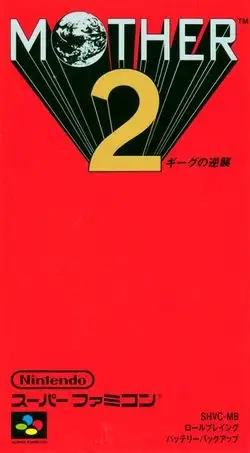
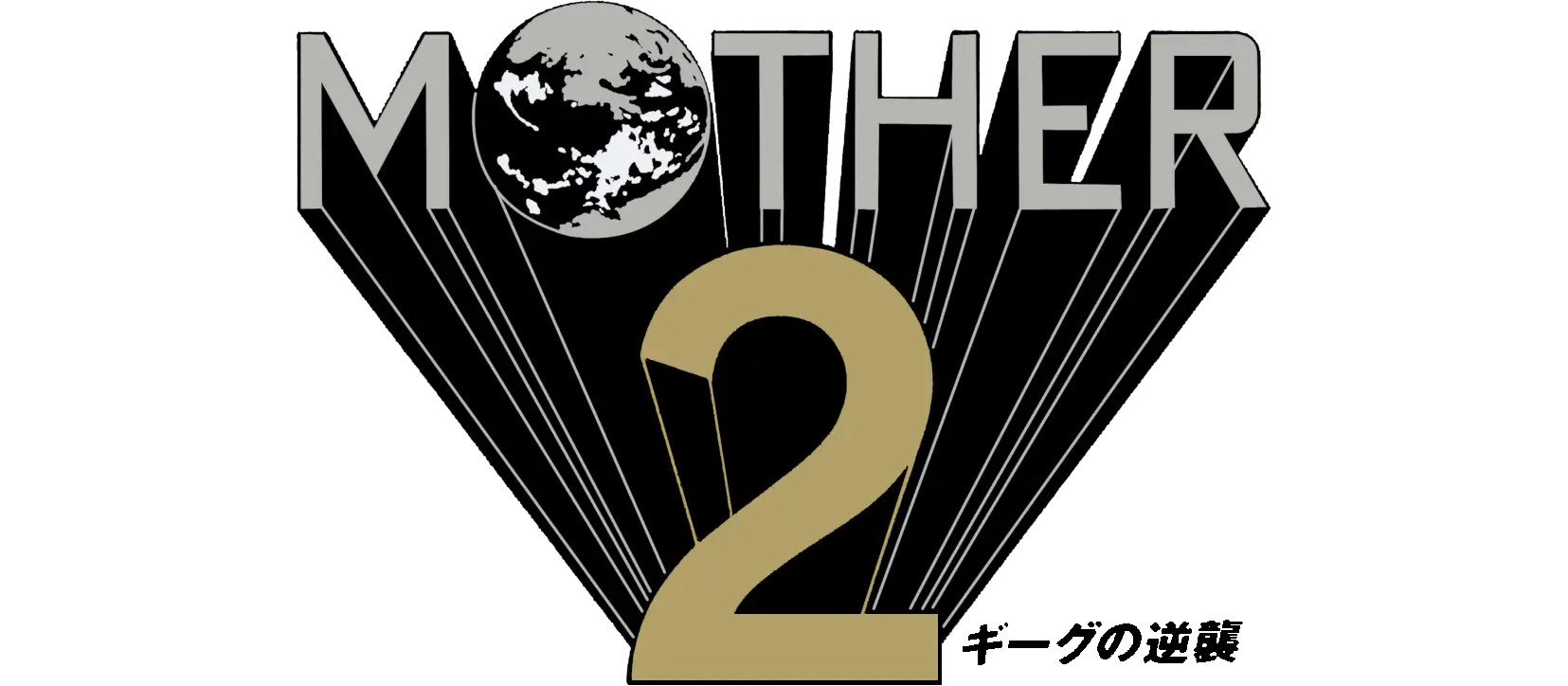


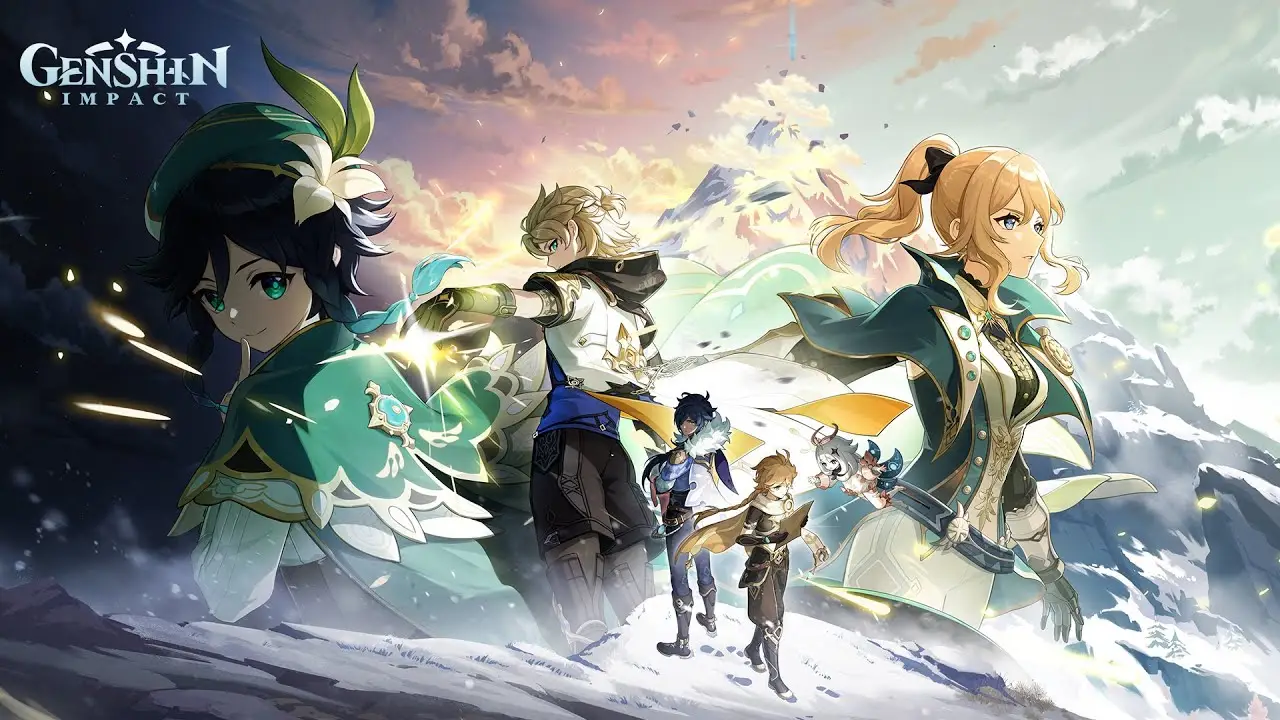
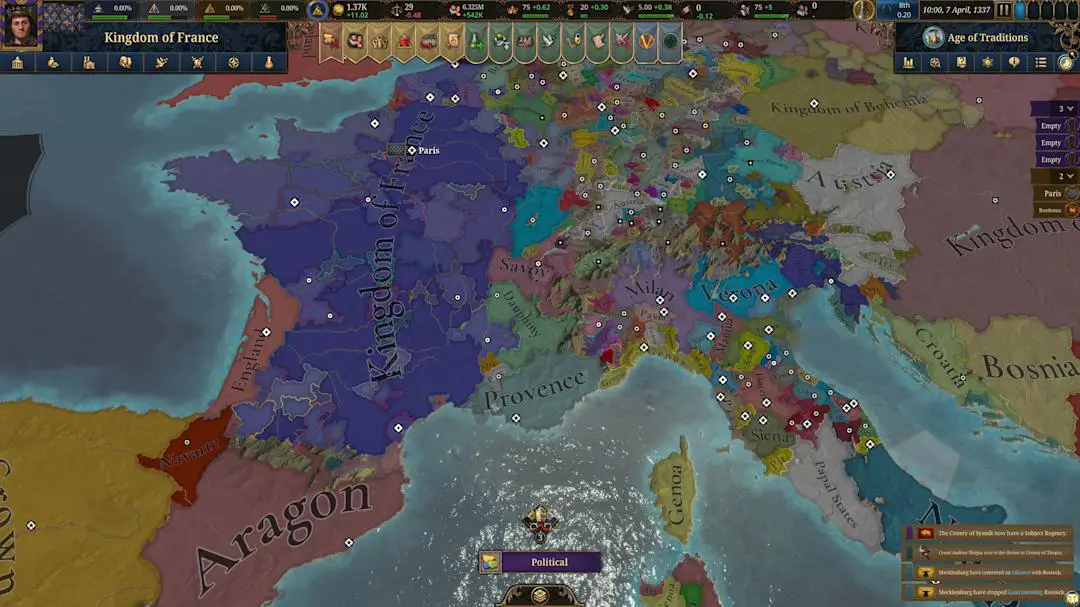

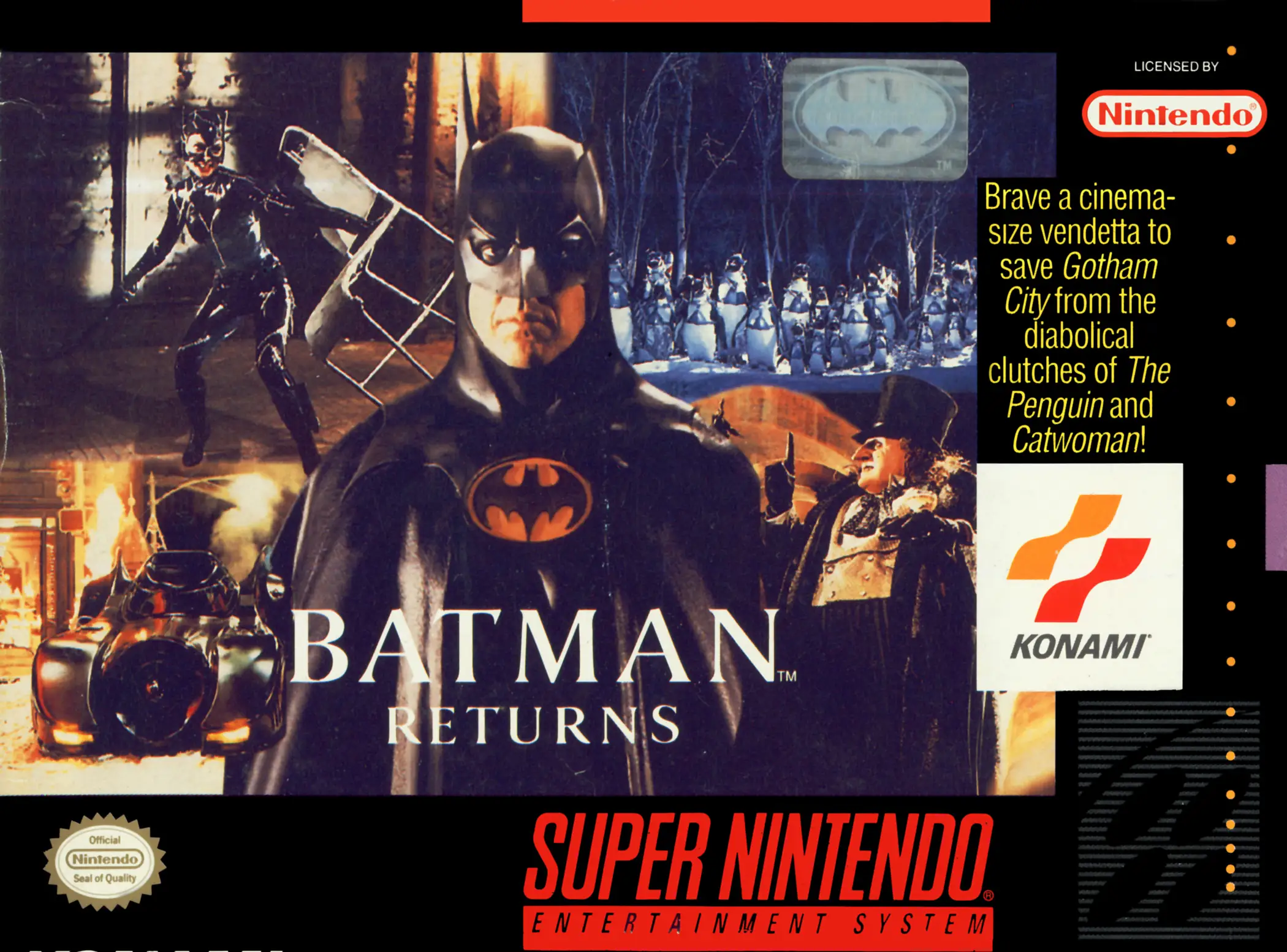
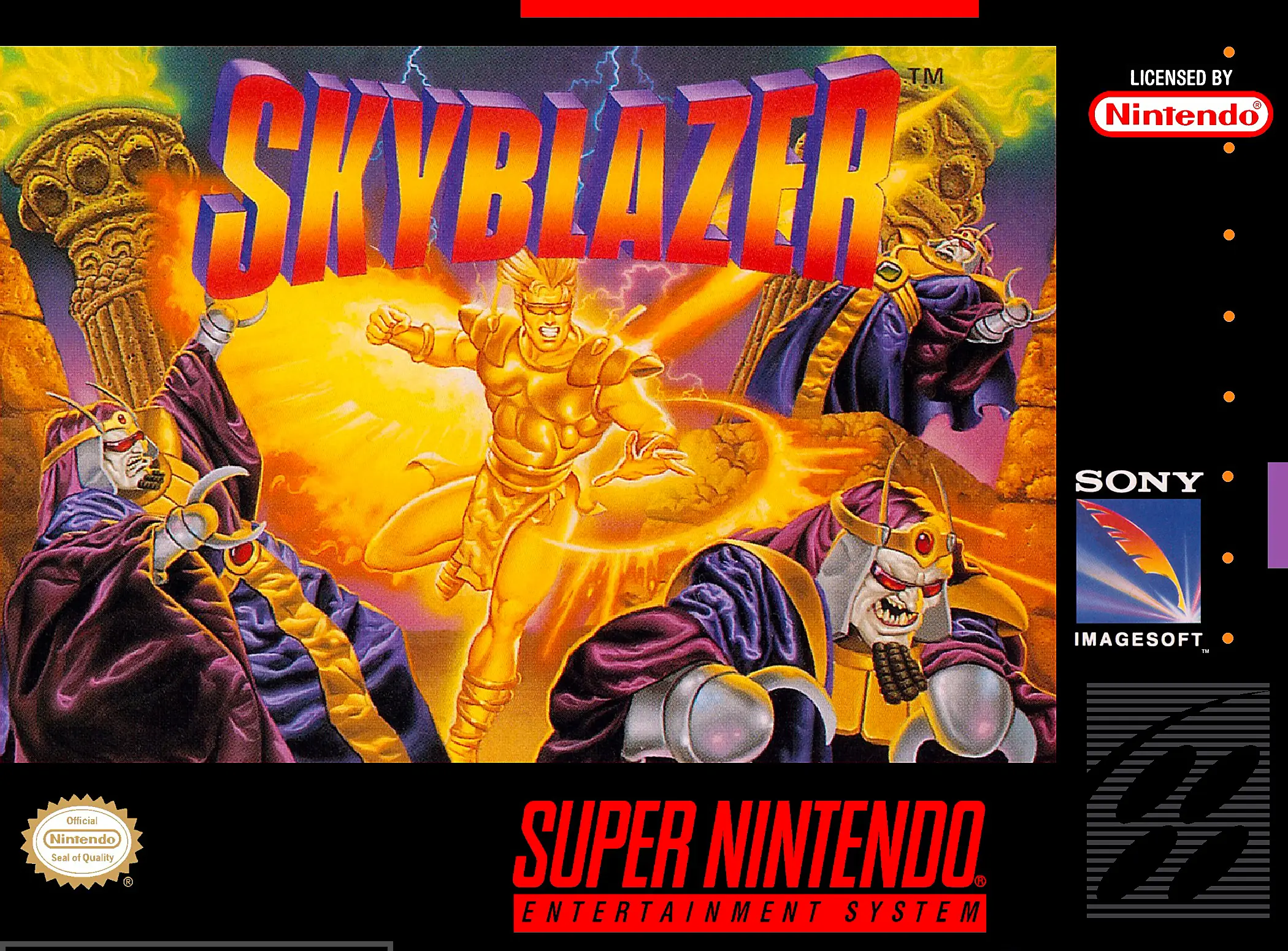
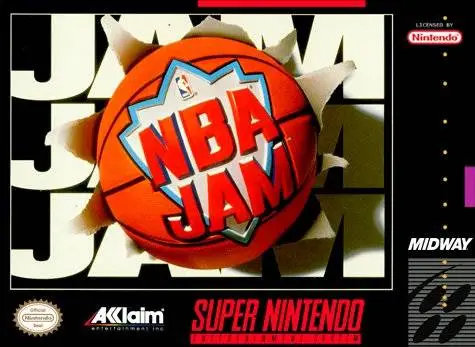
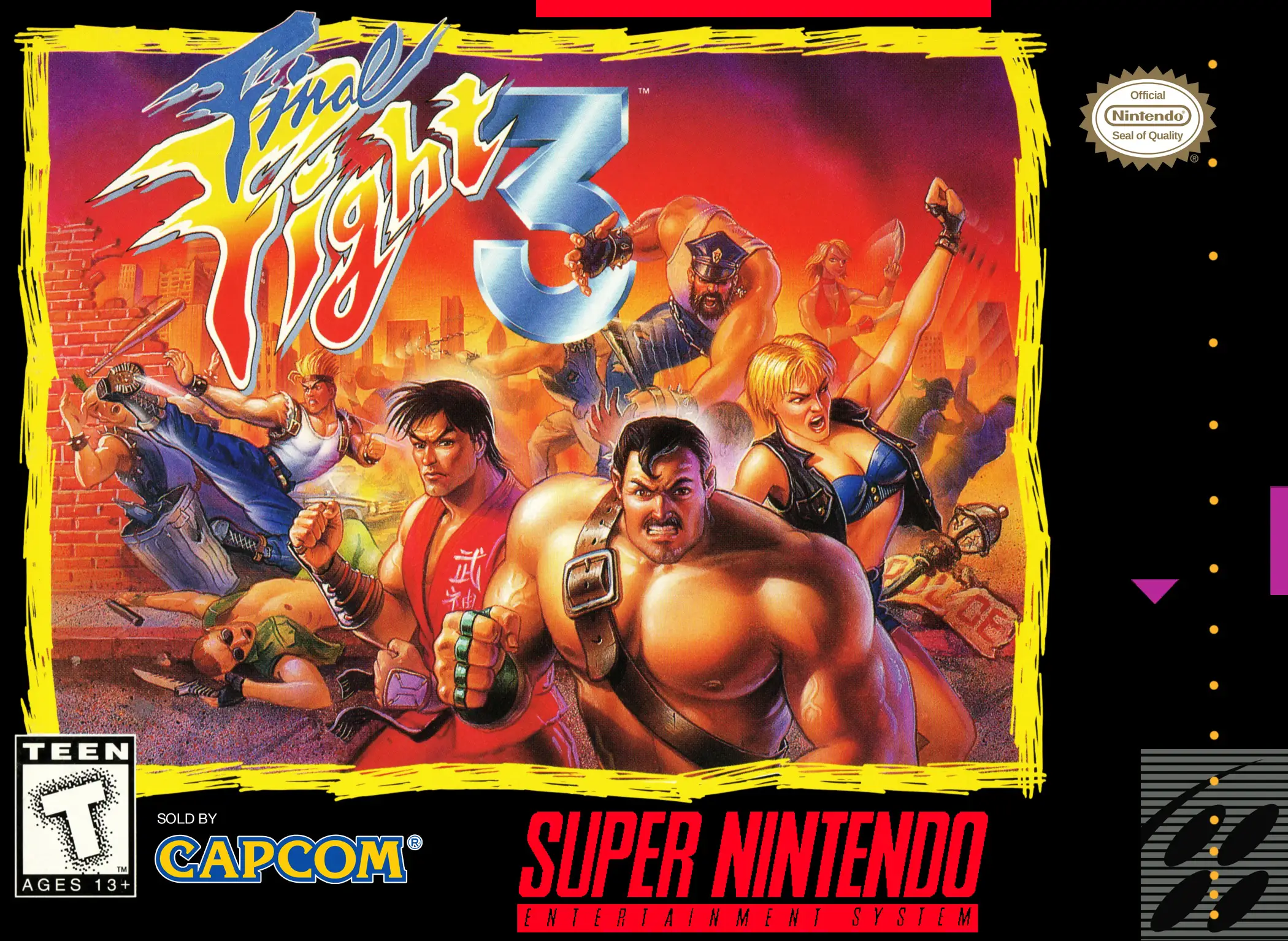
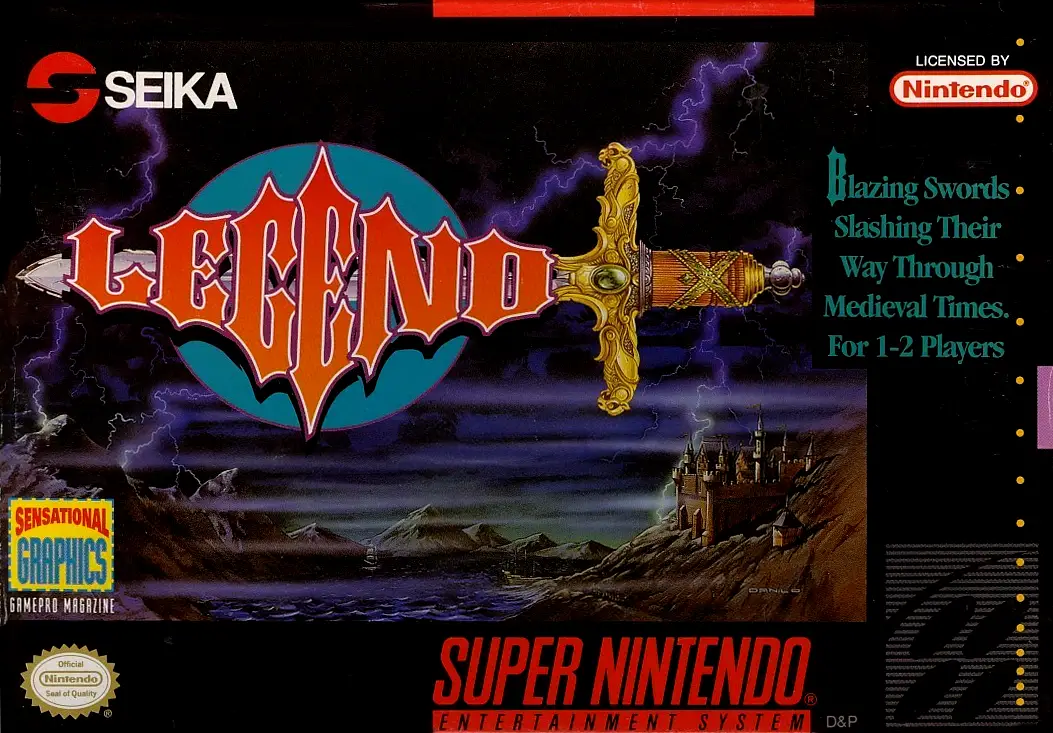
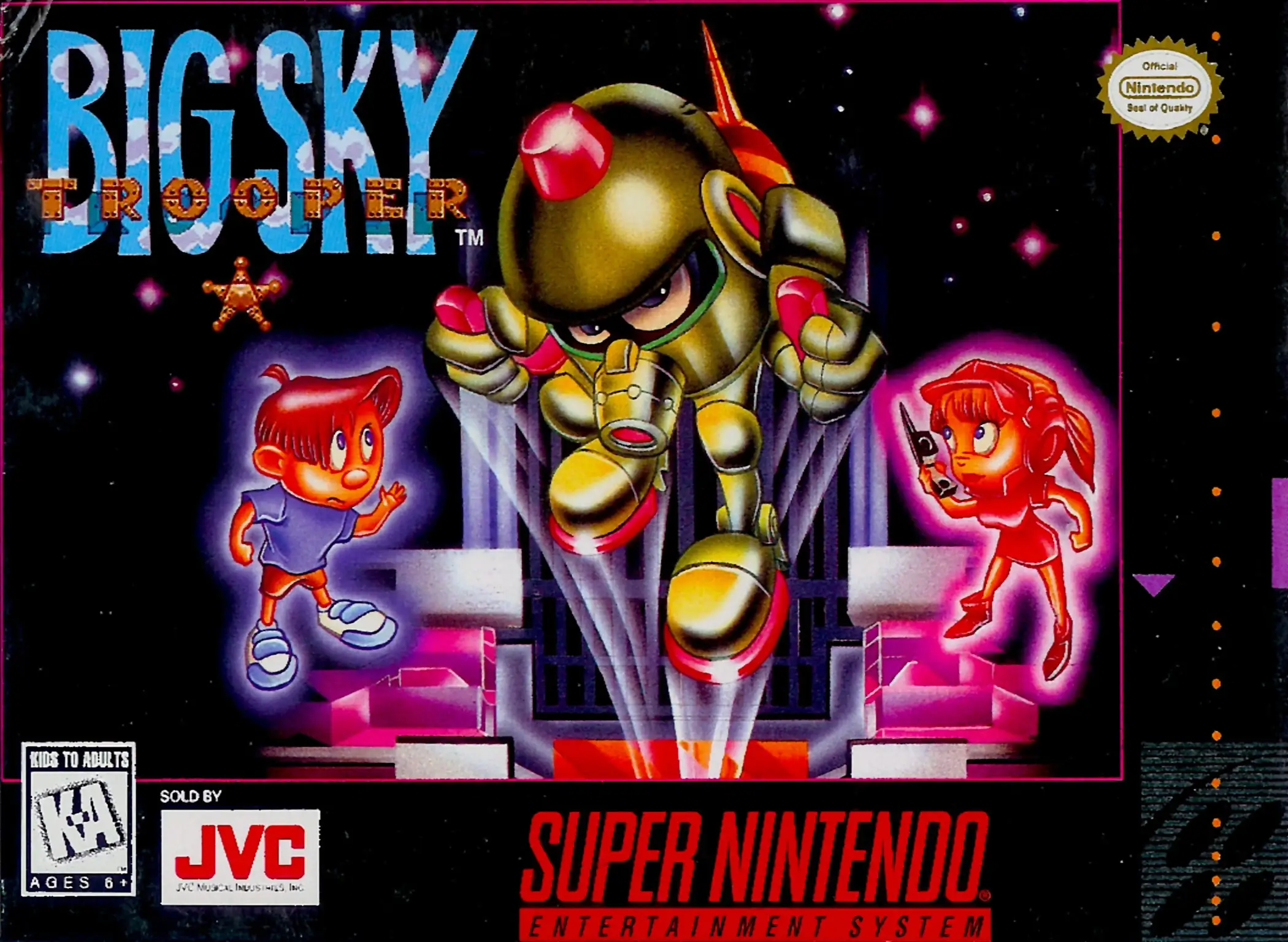
There are no reviews yet.